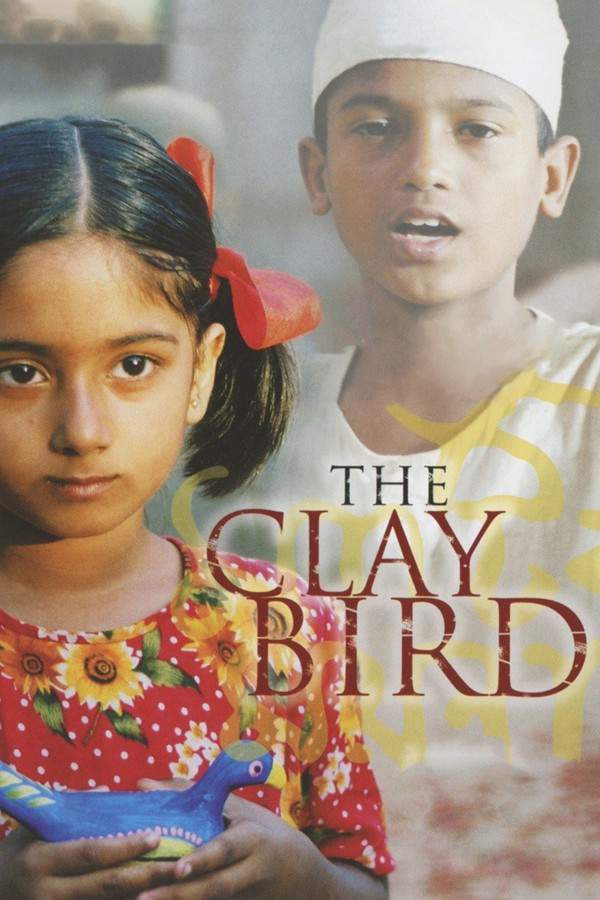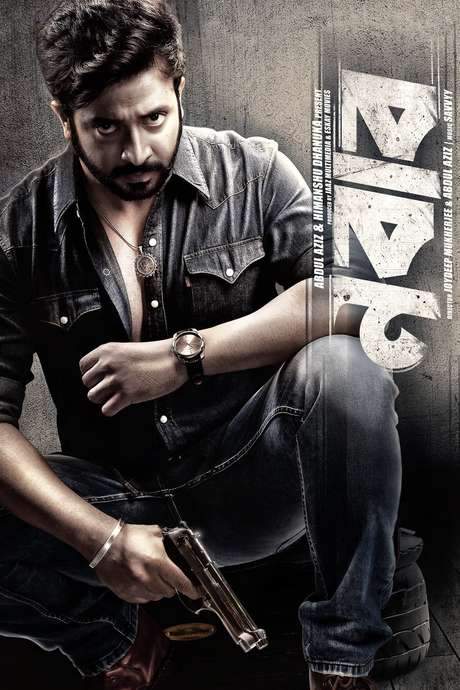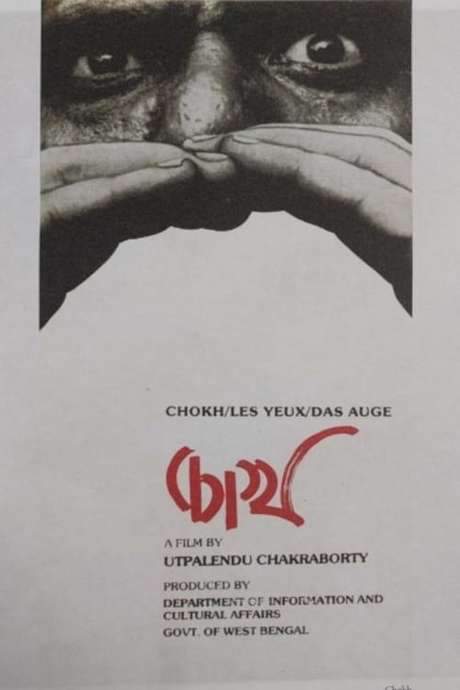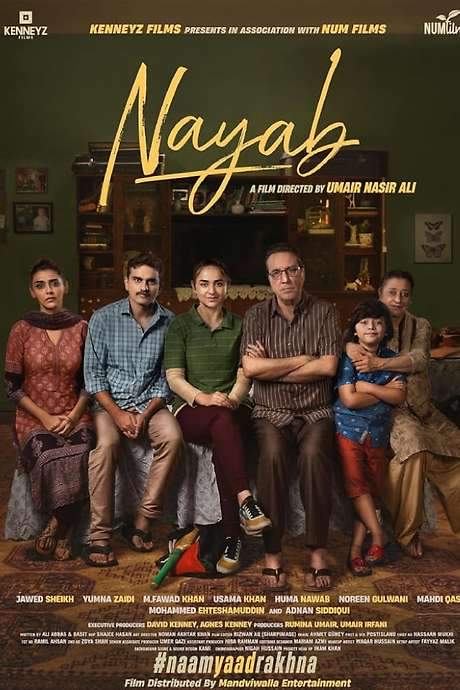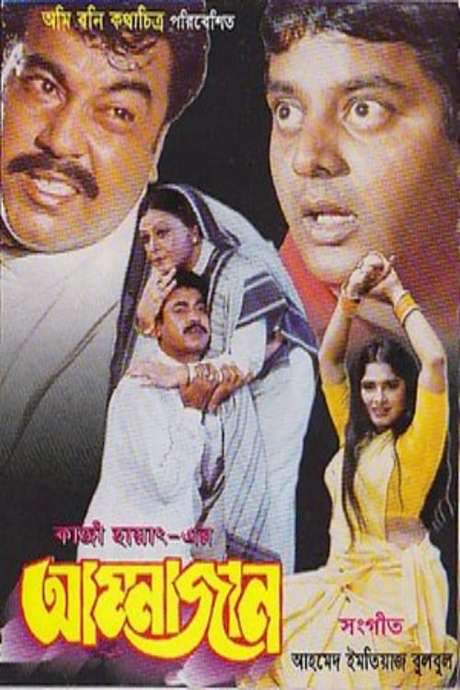
Jibon Theke Neya
Year: 1970
Runtime: 150 mins
Language: Bengali, Bangla
Director: Zahir Raihan
The film portrays the concept that an individual represents a nation and a household symbolizes a country. Through sharp political satire it critiques Bangladesh under Pakistani rule, using the autocratic matriarch of a family as an allegory for Ayub Khan’s dictatorship in East Pakistan.
Warning: spoilers below!
Haven’t seen Jibon Theke Neya yet? This summary contains major spoilers. Bookmark the page, watch the movie, and come back for the full breakdown. If you're ready, scroll on and relive the story!
Timeline & Setting – Jibon Theke Neya (1970)
Explore the full timeline and setting of Jibon Theke Neya (1970). Follow every major event in chronological order and see how the environment shapes the story, characters, and dramatic tension.
Last Updated: October 04, 2025 at 14:17
Main Characters – Jibon Theke Neya (1970)
Meet the key characters of Jibon Theke Neya (1970), with detailed profiles, motivations, and roles in the plot. Understand their emotional journeys and what they reveal about the film’s deeper themes.
Last Updated: October 04, 2025 at 14:17
Major Themes – Jibon Theke Neya (1970)
Explore the central themes of Jibon Theke Neya (1970), from psychological, social, and emotional dimensions to philosophical messages. Understand what the film is really saying beneath the surface.
Last Updated: October 04, 2025 at 14:17
Unlock the Full Story of Jibon Theke Neya
Don't stop at just watching — explore Jibon Theke Neya in full detail. From the complete plot summary and scene-by-scene timeline to character breakdowns, thematic analysis, and a deep dive into the ending — every page helps you truly understand what Jibon Theke Neya is all about. Plus, discover what's next after the movie.
Jibon Theke Neya Summary
Read a complete plot summary of Jibon Theke Neya, including all key story points, character arcs, and turning points. This in-depth recap is ideal for understanding the narrative structure or reviewing what happened in the movie.

Similar Movies to Jibon Theke Neya
Discover movies like Jibon Theke Neya that share similar genres, themes, and storytelling elements. Whether you’re drawn to the atmosphere, character arcs, or plot structure, these curated recommendations will help you explore more films you’ll love.
Explore More About Movie Jibon Theke Neya
Jibon Theke Neya (1970) Plot Summary & Movie Recap
Jibon Theke Neya (1970) Scene-by-Scene Movie Timeline
Jibon Theke Neya (1970) Spoiler-Free Summary & Key Flow
Movies Like Jibon Theke Neya – Similar Titles You’ll Enjoy
The Clay Bird (2004) Story Summary & Characters
Made in Bangladesh (2020) Full Summary & Key Details
Nabab (2017) Spoiler-Packed Plot Recap
Made in Bangladesh (2019) Full Movie Breakdown
Hasina: A Daughter’s Tale (2018) Plot Summary & Ending Explained
Bhat Dey (1984) Full Movie Breakdown
Chokh (1983) Full Summary & Key Details
Jaago Bahey (2021) Complete Plot Breakdown
NAYAB (2024) Film Overview & Timeline
Ora 11 Jon (1972) Ending Explained & Film Insights
Ammajan (1999) Movie Recap & Themes
Ei Ghor Ei Shongshar (1996) Detailed Story Recap
Aguner Poroshmoni (1995) Film Overview & Timeline
Shonkhonil Karagar (1992) Film Overview & Timeline
Aaj Robibar (1997) Detailed Story Recap



